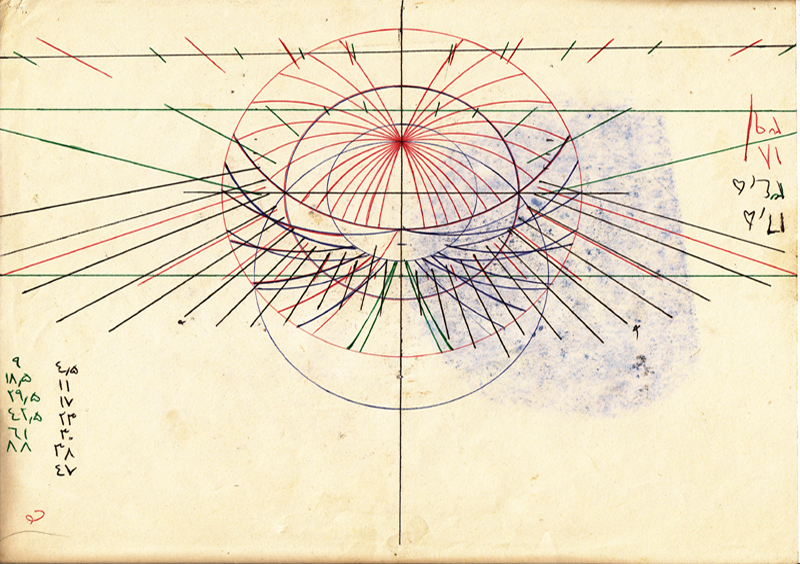
In December, Architecture 2030 launched a calculator to estimate the operational and embodied carbon emissions of a project in two scenarios: reusing it and upgrading it or replacing it with new construction. Dubbed the Carbon Avoided Retrofit Estimator (CARE) Tool, Architecture 2030 hopes to underscore the carbon savings that can be found by adapting existing buildings for future use in contrast to the widespread assumption that new construction is always appropriate.
Users can enter general project information, as well as climate and electricity grid information (or ask the tool to use default values for each municipality). When entering project information, the tool adjusts your ratios to make it foolproof and fast to enter information (i.e. if you tell it you’ll be using 25 percent refurbished finishes for the interior, then it automatically sets your new finishes to 75 percent).
As you enter information, the tool also automatically builds your comparison on the screen to show how small or large adjustments can impact the bottom line. Architects and owners can use the estimates to apply for competitions, obtain grants, or reach required targets. The tool also assists policymakers and preservation officials by offering a data-backed, apples-to-apples picture of a situation they can leverage to influence decisions by appointees or non-experts.
But, the front line of the CARE Tool’s potential remains architects, designers, and planners who specialize in sustainable design to weigh-in on the CARE Tool, its use, and their experiences. Inform spoke with area professionals who tested the CARE Tool about their impressions. In this Design Dialogue, area architects talk about their experience with the CARE Tool, as well as their hope for its use and application.
Michelle Amt, AIA, is the Director of Sustainability and Inclusion and Associate Principal at VMDO Architects. “From an inclusion standpoint, the tool helps find value in buildings that aren’t necessarily deemed a ‘contributing structure’,” she says.
“I’ve used the CARE Tool on a few projects to check the scale of the environmental impact and payoff period for buildings. To renovate or build new is about so much more than functionality. It’s about accessibility, heritage, and climate action, too, and so now we are able to define climate action as total carbon. It’s one of a couple of quick calculators out there now that look at total carbon emissions. Up until about five years ago, when people talked about emissions in the built environment, they were really talking about operational carbon. But, the conversation progressed to talk about the energy of materials. So, that was a great development, but the conversation has also become more complicated. Clients who know a little about embodied carbon would get bogged down with, “Well, does it make sense to save this building? Replace it? How do I figure out how to invest here?” But, until now, nothing has really dealt with the existing stock of buildings out there as well as the CARE Tool. Unless a building has a designated historic benefit, it is usually deemed cheaper to demo and build anew.”
Patrick Farley, AIA, is the founder of Patrick Farley Architect and splits his time (and practice) between Afton and Richmond. “I found a tool like this to be useful because it helps lots of people see how front-end decisions can have consequences.”
I have an existing building on a farm in Charlottesville that we’re converting, breathing new life into it and expanding it—so there are existing conditions, but there are new aspects to it. I used it as the basis for a trial run with the CARE Tool, and I didn’t have all the information I needed for my project, so I used some other industry data for similar buildings of the same type, and I was able to come up with a picture of the future of this project, from a carbon point of view.
I was one of the first signatories to the 2030 Commitment, and I support the mission, still, to bring greater awareness to the broader, climate-related challenges we’re facing with alarming regularity. I’ve done energy modeling through the years, but less and less so as time has gone on because I’ve relied more on my expertise and intuition. But, I found a tool like this to be useful because it helps lots of people see how front-end decisions can have consequences later—and it reminded me of energy modeling, in a lot of ways. It triggers awareness, even if not a lot of people will want to dig into the numbers to the degree that the tool allows.
But, there are subtleties to this, too. I was one of the earliest solar panel adopters, and I’ve used it throughout the years, and at this point I can say that just because solar panels are involved doesn’t mean a project is going to succeed in limiting its carbon footprint. If there’s a second version of this tool, it would be a way to account for this reality. Some sort of account of how marketplace products and their production represent a more complex supply chain.
Learn more at caretool.org
